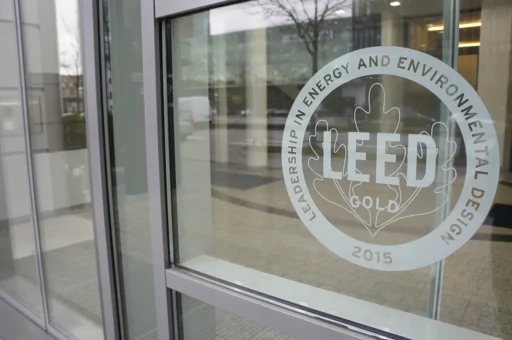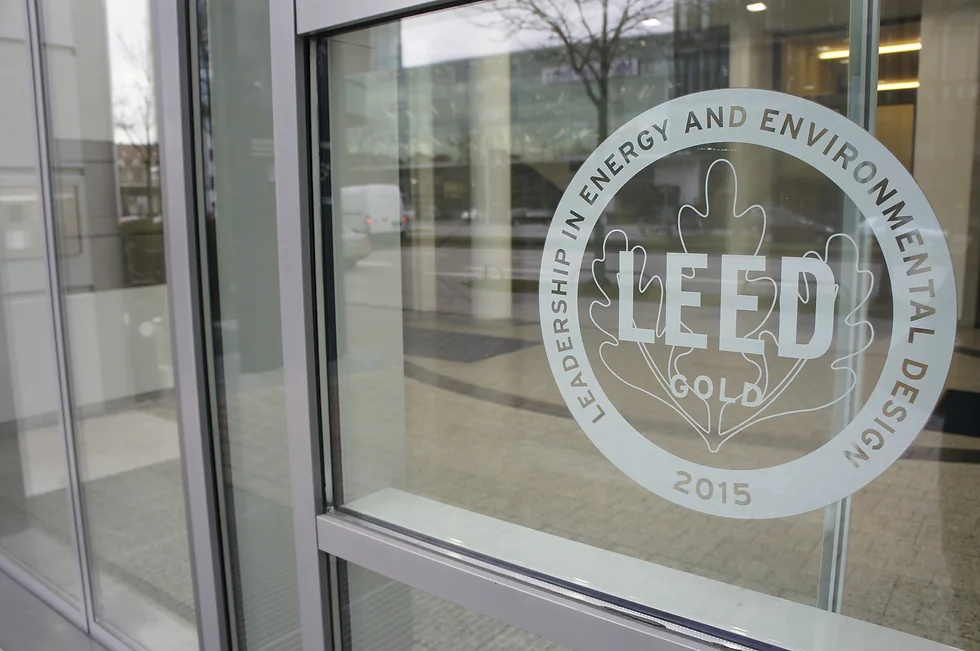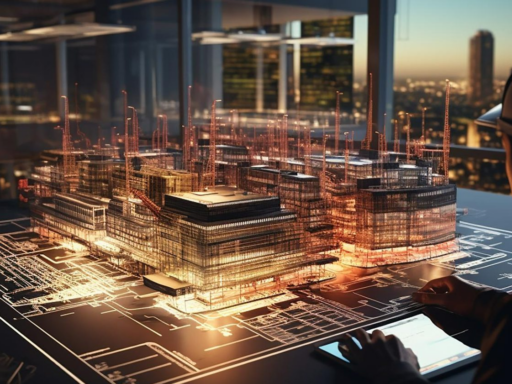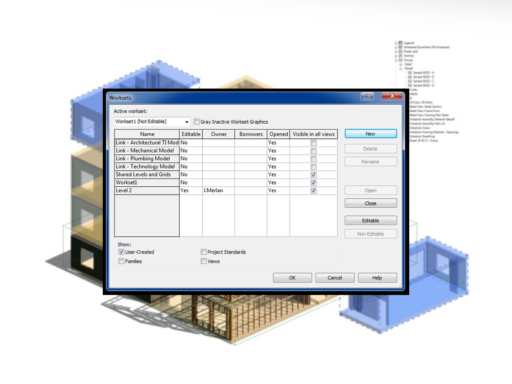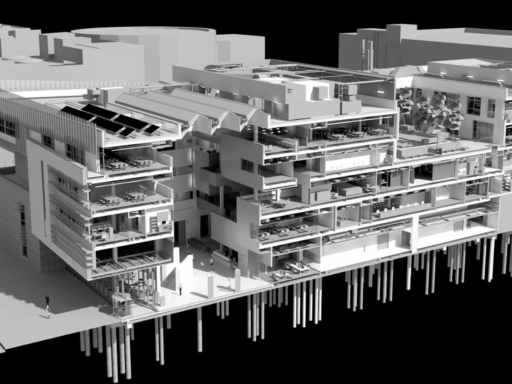Introduction
It is clear that the construction industry needs to find ways to reduce its impact on the planet. Buildings account for 50% of raw material consumption, 71% of electricity usage, and 16% of water consumption, while also generating 40% of landfill waste.
“The integration of BIM with LEED allows us to create healthier and more efficient spaces for the occupants of a building.” – Priscila Deparsia
Monitoring buildings throughout their life cycle is crucial, and this is where Building Information Modeling (BIM) and LEED (Leadership in Energy and Environmental Design) certifications become essential. By integrating these, the construction industry can take a step towards a more sustainable future.
Highlights
- The construction industry generates a significant amount of waste and consumes a large portion of global resources.
- BIM provides a digital twin of a building, allowing for real-time information and analysis to optimize building performance.
- LEED certifications evaluate a building’s environmental performance in key areas such as energy efficiency and material selection.
- Integrating BIM and LEED can lead to tangible benefits for building occupants, such as improved health and well-being.
- The integration of BIM and LEED is crucial for reducing the environmental impact of the construction industry and creating a more sustainable future.
The Impact of the Construction Industry on the Environment
The significant waste generation and resource consumption have far-reaching implications for the environment, contributing to pollution, deforestation and depletion of natural resources. The construction industry’s impact on the environment underscores the urgent need for sustainable practices and measures to reduce waste and resource consumption.
To address the environmental impact of the construction industry, it is essential to integrate sustainable approaches such as Building Information Modeling (BIM) and LEED certifications. These approaches can help optimize building performance, reduce waste, and promote more efficient use of resources. By leveraging digital twins and evaluating the environmental performance of buildings, the industry can take significant steps towards a more sustainable and environmentally friendly future. Embracing these methodologies is crucial for creating healthier spaces for building occupants and reducing the environmental footprint of construction projects.
Introduction to BIM and its Role in Sustainability
BIM plays a crucial role in sustainable construction by providing a platform for collaborative design and construction processes. With BIM software you can create detailed 3D models that allow for better visualization and analysis of building components, leading to more efficient use of resources and reduced waste. BIM methodology also enables the integration of energy analysis and sustainability features into the design, helping to achieve LEED certifications and other sustainable building standards.
- BIM facilitates collaborative design and construction processes.
- Detailed 3D models enable better visualization and analysis.
- Integration of energy analysis and sustainability features is possible.
By integrating BIM we can achieve LEED certifications and other sustainable building standards while optimizing resource, improving project coordination and reducing waste
“BIM allows for better visualization of the entire project, resulting in reduced material waste and improved energy efficiency.” – Josefina S., Architect
The Role of LEED Certifications in Sustainable Construction
LEED certifications evaluate a building’s sustainability based on criteria such as energy efficiency, water use, and indoor environmental quality. By ensuring that your project meets the requirements for LEED certification, you underscore its commitment to sustainability, thereby contributing to a healthier and more efficient built environment.
Integrating BIM and LEED Certifications for Sustainable Construction
When integrating BIM with LEED certifications, you can harness the power of digital twins to provide detailed information and a comprehensive view of the building. This allows for simulations of energy efficiency and LEED requirements, resulting in the creation of more efficient and cost-effective spaces.
By leveraging the capabilities of digital twins, you can design buildings that are not only more sustainable but also healthier for the occupants. This integration allows for the optimization of building performance, making the spaces more appealing to potential tenants. Embracing the collaboration between BIM and LEED is crucial for creating a greener future in the construction industry.
By adopting these methodologies, we can reduce waste, optimize energy efficiency and ultimately contribute to a more sustainable built environment.
“BIM provides a comprehensive and up-to-date view of a building, allowing for simulations and real-time analysis to optimize building performance.” – Priscila Deparsia
Tangible Benefits of BIM and LEED Integration
Integrating BIM and LEED certifications for sustainable construction can provide tangible benefits that positively impact our projects.
- We can efficiently analyze and optimize building’s energy consumption, leading to reduced operating costs and improved energy efficiency.
- By integrating BIM and LEED, we can streamline the documentation process and ensure that the project meets the necessary sustainability requirements, ultimately leading to a higher LEED certification level.
- By utilizing BIM software, we can effectively manage and track the materials used in your construction projects, ensuring compliance with LEED requirements for sustainable sourcing and resource efficiency.
- This integration can also help to identify potential design improvements that can lead to a more sustainable and environmentally friendly building, ultimately increasing the overall value of the project.
Moving Towards a More Sustainable Future
The integration of BIM with LEED certifications offers a promising path towards reducing the environmental impact of the construction industry. By leveraging the power of digital twins and obtaining LEED certifications, the industry can create more sustainable and cost-effective buildings.
BIM facilitates real-time information and analysis, empowering informed decision-making and the optimization of building performance. This results in more efficient and sustainable construction practices. By ensuring that the project meets the stringent requirements for LEED certification, we not only demonstrate a commitment to sustainability but also contribute to fostering a healthier and more efficient built environment.
By adopting these methodologies and embracing a greener future, the construction industry can reduce waste, optimize energy efficiency and create healthier spaces for building occupants. The collaboration between BIM and LEED is crucial for creating a greener future in the construction industry and reducing the impact on the planet.
Conclusion
Integrating BIM and LEED certifications is a crucial step towards a more sustainable construction industry. By leveraging the power of digital twins and evaluating the environmental performance of buildings, we can reduce waste, optimize energy efficiency, and create healthier spaces for building occupants. It is time for the construction industry to embrace these methodologies and work towards a greener future.

